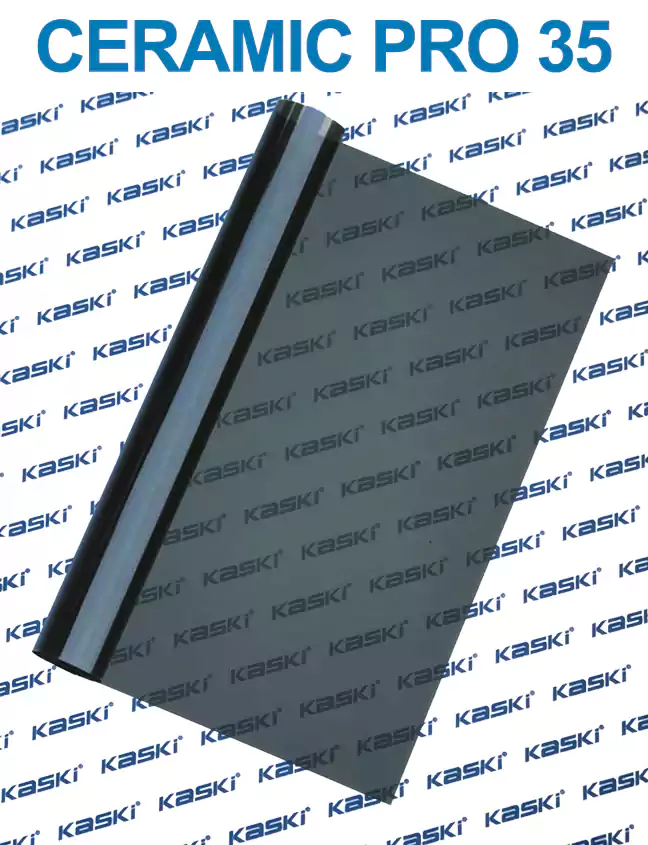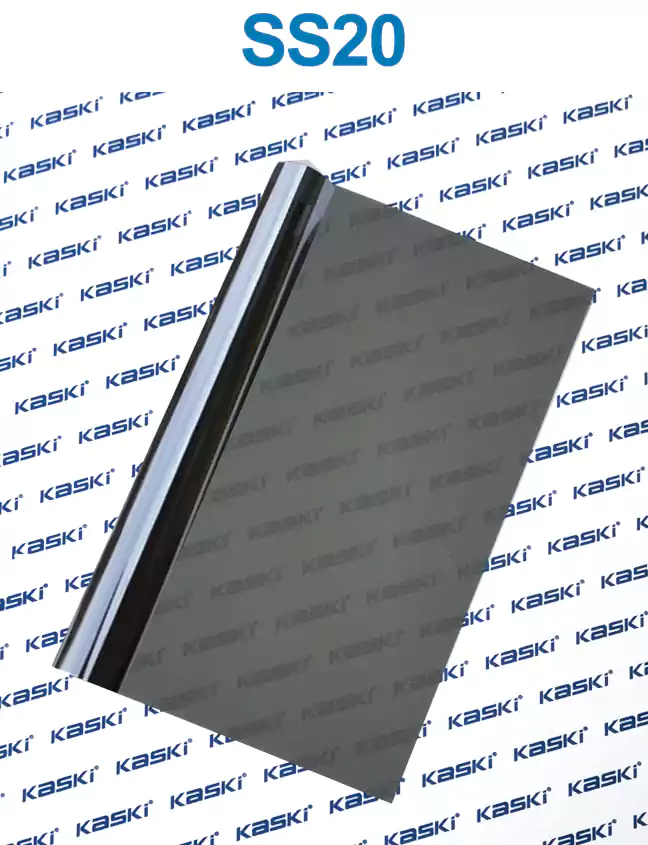When it comes to automotive upgrades, window tinting is often an overlooked yet highly beneficial investment. Beyond its aesthetic appeal, window tinting offers a host of practical advantages that can significantly improve your driving experience and the overall comfort of your vehicle. In this comprehensive guide, we'll explore the principles, benefits, and easy installation process of automotive window tinting.
The Principles of automotive window tinting
Window tinting is the application of a thin, specialized film to the interior side of a vehicle's glass. These films are designed to block a significant portion of the sun's harmful ultraviolet (UV) rays and infrared (IR) heat, while still allowing natural light to pass through.
The tinting film is typically made from a combination of durable materials, such as polyester or metalized layers, which work together to achieve the desired level of sun protection and heat rejection. The film's thickness, color, and composition can be tailored to meet the specific needs and preferences of the vehicle owner.
The Benefits of Automotive Window Tinting
1. Rejecting the Sun's Heat: Automotive window tinting can effectively block up to 99% of the sun's harmful UV rays and a significant portion of its infrared heat. This helps keep your vehicle's interior cooler, reducing the strain on your air conditioning system and improving overall fuel efficiency.
2. Protecting Decorative Curtains and Blinds: If your vehicle is equipped with decorative window treatments, tinting can help preserve their condition by shielding them from the sun's damaging effects, such as fading and deterioration.
3. Increasing Comfort and Energy Efficiency: By reducing the amount of heat that enters your vehicle, window tinting can make your driving experience more comfortable, especially during the hot summer months. This, in turn, can lead to improved energy efficiency as your air conditioning system doesn't have to work as hard to maintain a comfortable cabin temperature.
4. Enhancing Privacy and Security: Tinted windows can provide an added layer of privacy, making it more difficult for passersby to see into your vehicle. This can be particularly beneficial for those who frequently transport valuable items or need to maintain a certain level of discretion.
5. Blocking Harmful UV Rays: Exposure to the sun's UV rays can be detrimental to your health, leading to skin damage and increased risk of skin cancer. Automotive window tinting can block up to 99% of these harmful rays, providing an extra layer of protection for you and your passengers.
Easy Installation and Maintenance
Automotive window tinting is generally a straightforward process that can be easily handled by professional installers. The installation typically involves carefully measuring the vehicle's windows, cutting the tinting film to size, and applying it to the interior side of the glass. This process ensures a seamless and custom fit, minimizing any visible gaps or bubbles.
Once installed, automotive window tinting requires minimal maintenance. The tinting film is designed to be durable and long-lasting, with proper care and cleaning. Regular wiping with a soft, lint-free cloth and the occasional use of a specialized window tinting cleaner can help maintain the film's appearance and performance over time.
Case Study: Tinting a 2022 Honda Civic
To provide a more detailed example, let's consider the installation of automotive window tinting on a 2022 Honda Civic. For this particular vehicle, the owner opted for a high-quality, metalized tinting film that offers 50% visible light transmission (VLT) for the side windows and a 20% VLT for the rear glass.
The installation process began with the professional tinting technician carefully measuring the Civic's windows to ensure a precise fit. They then carefully cleaned the glass surfaces to ensure proper adhesion of the tinting film. The film was then cut to size and applied to the interior of the windows, starting with the side windows and finishing with the rear glass.
The entire installation process took approximately 2 hours, and the results were impressive. The Civic's interior now feels significantly cooler, even on the hottest summer days, and the owner reports a noticeable improvement in fuel efficiency due to the reduced strain on the air conditioning system. Additionally, the tinted windows have provided an added sense of privacy and security, making the vehicle feel more secure when parked or transporting valuable items.
Testimonials
"I've had my Honda Civic tinted with this window film for over a year now, and I couldn't be happier with the results. My car stays so much cooler, and I've noticed a real difference in my fuel economy. The installation was quick and easy, and the tint has held up beautifully. Highly recommend this to any car owner!" - Sarah, 2022 Honda Civic owner.
"As someone who lives in a hot, sunny climate, getting my car tinted was a game-changer. The difference in comfort and temperature is incredible. I no longer dread getting into my car on a scorching summer day. The tint also gives my Civic a sleek, modern look. Definitely worth the investment!" - Michael, 2022 Honda Civic owner.
Conclusion
heat control window film is a simple yet highly effective way to enhance the comfort, efficiency, and overall driving experience of your vehicle. By blocking harmful UV rays, rejecting the sun's heat, and providing an added layer of privacy, window tinting can make a significant difference in your daily commute or long-distance travels. With easy installation and minimal maintenance, it's a worthwhile investment that can pay dividends for years to come.



















